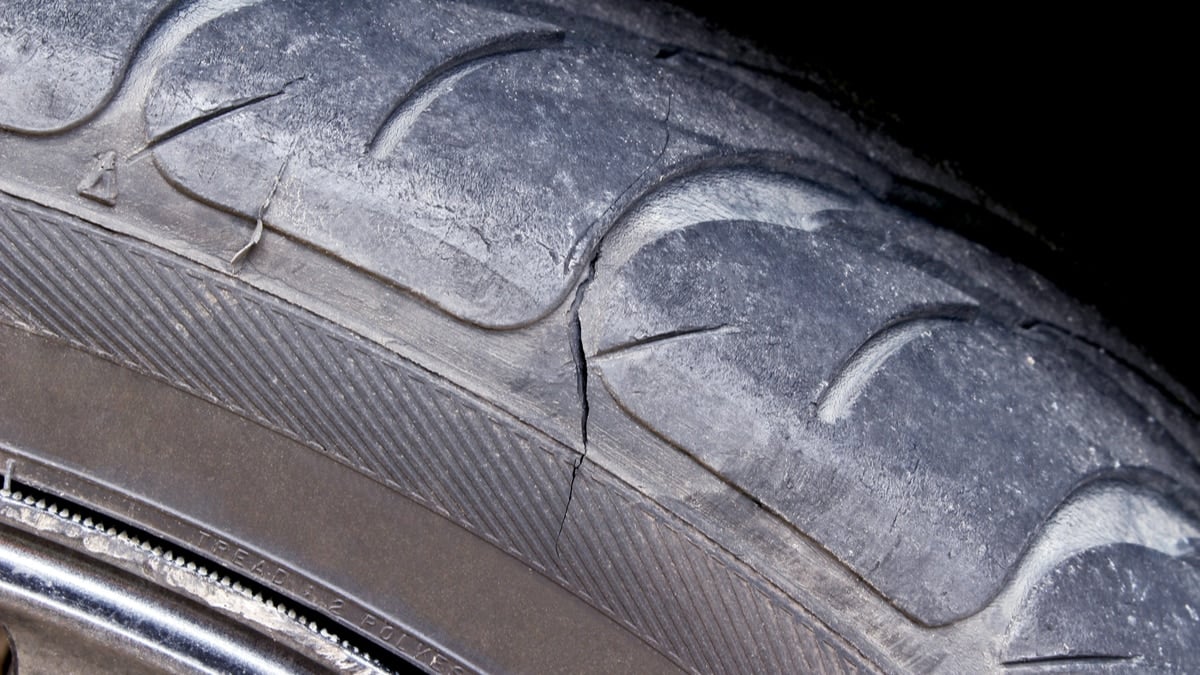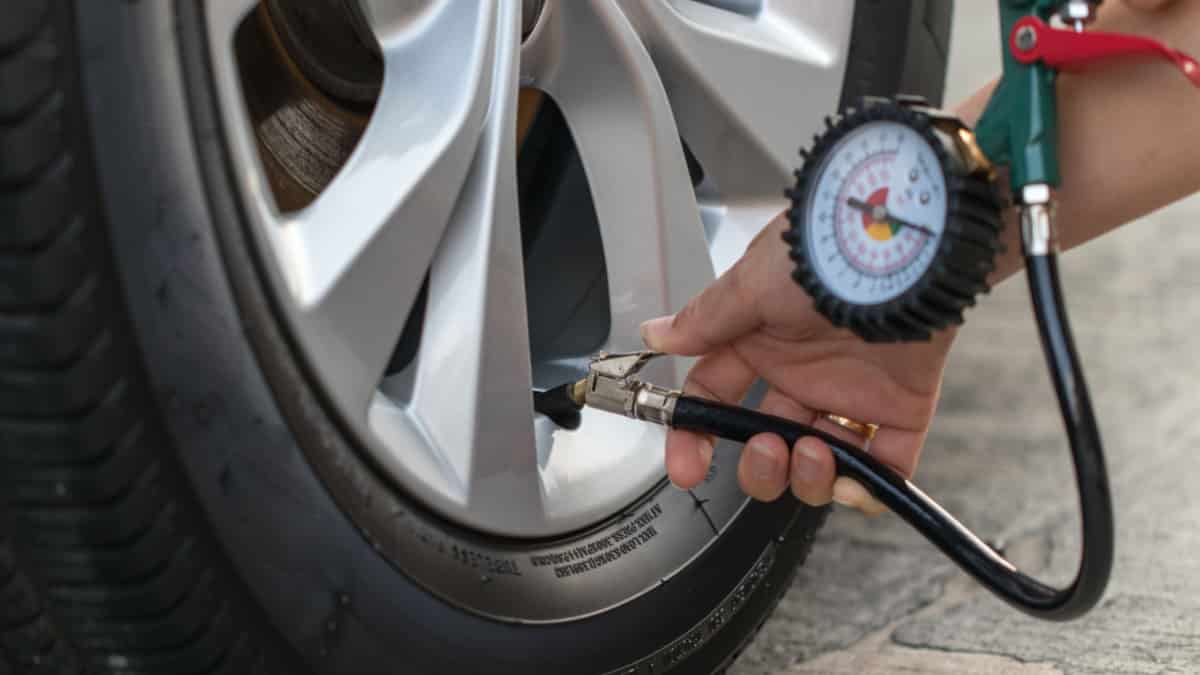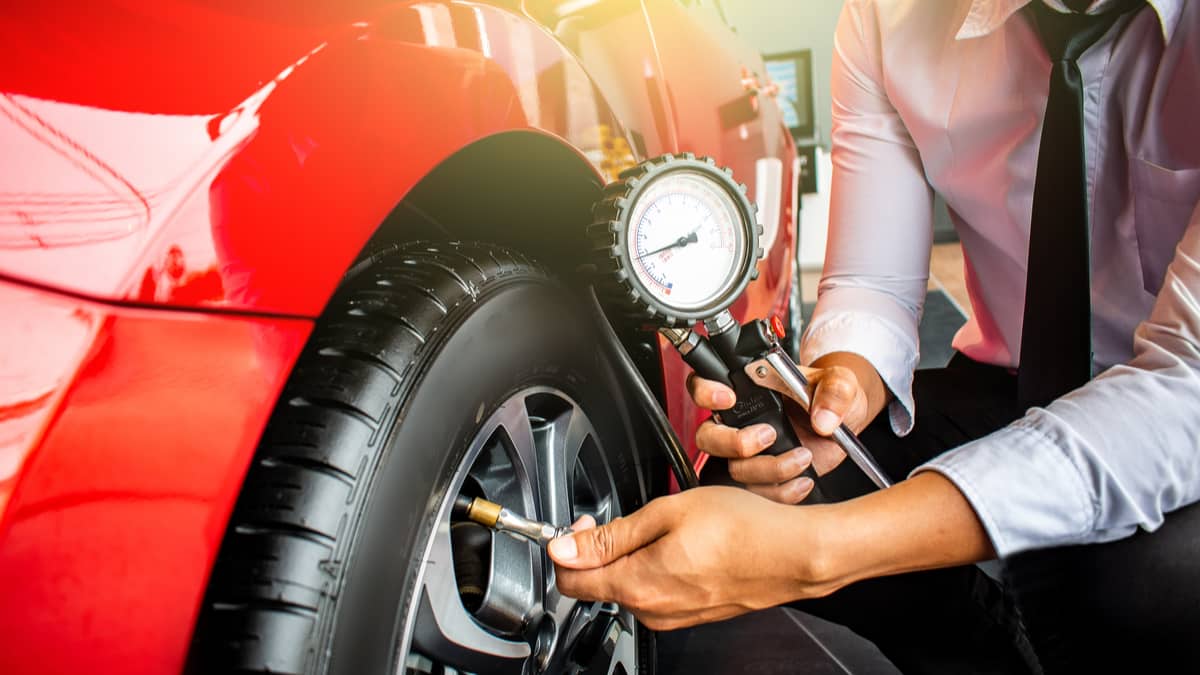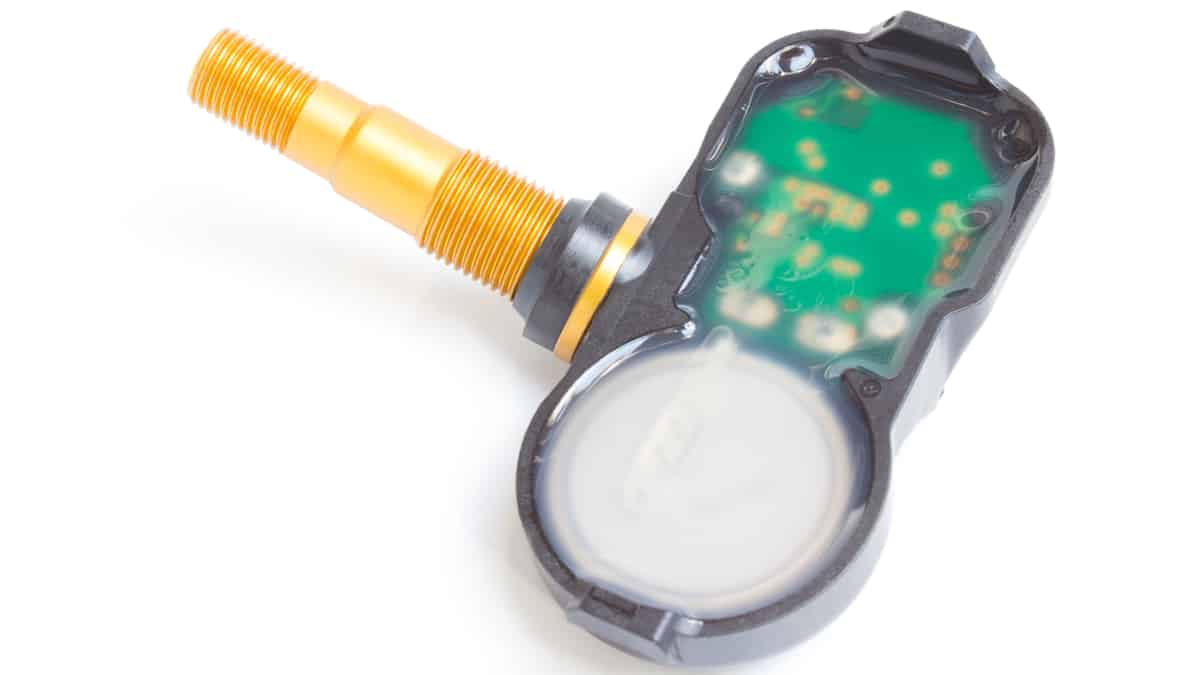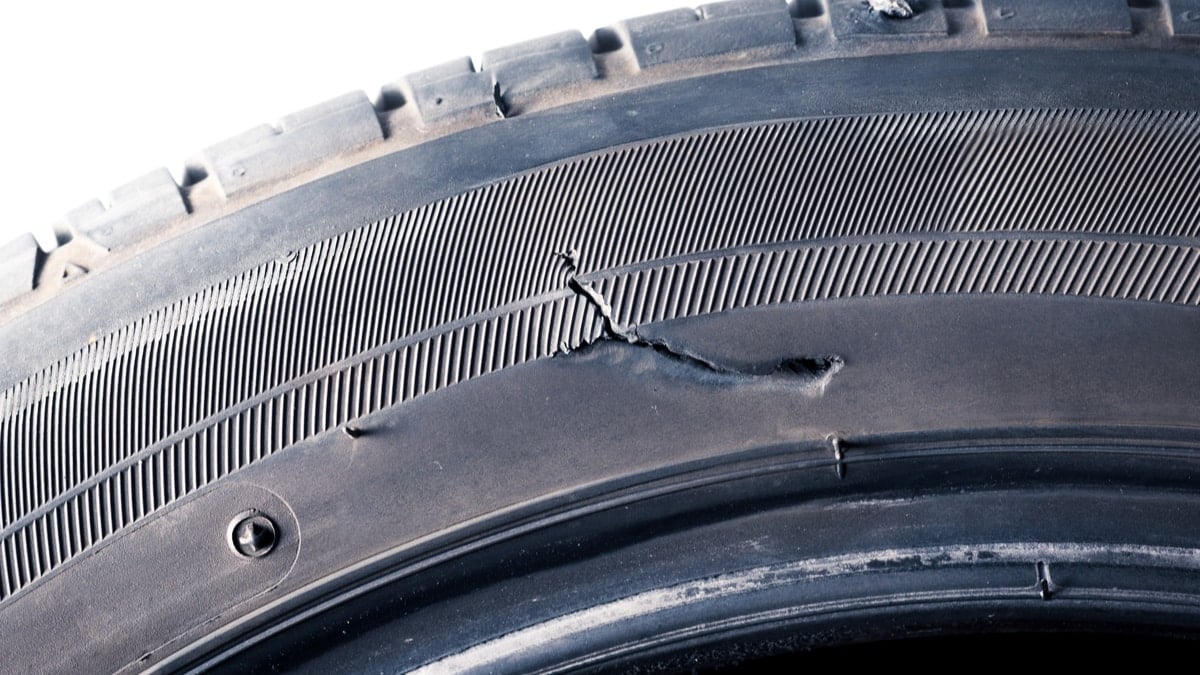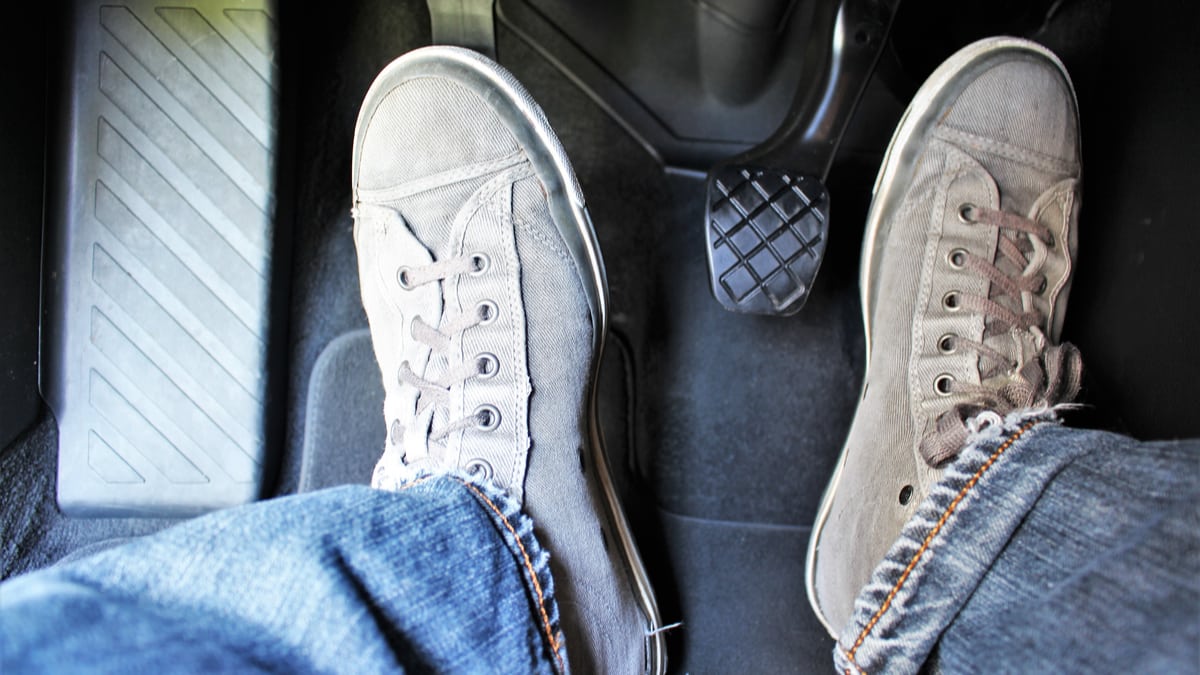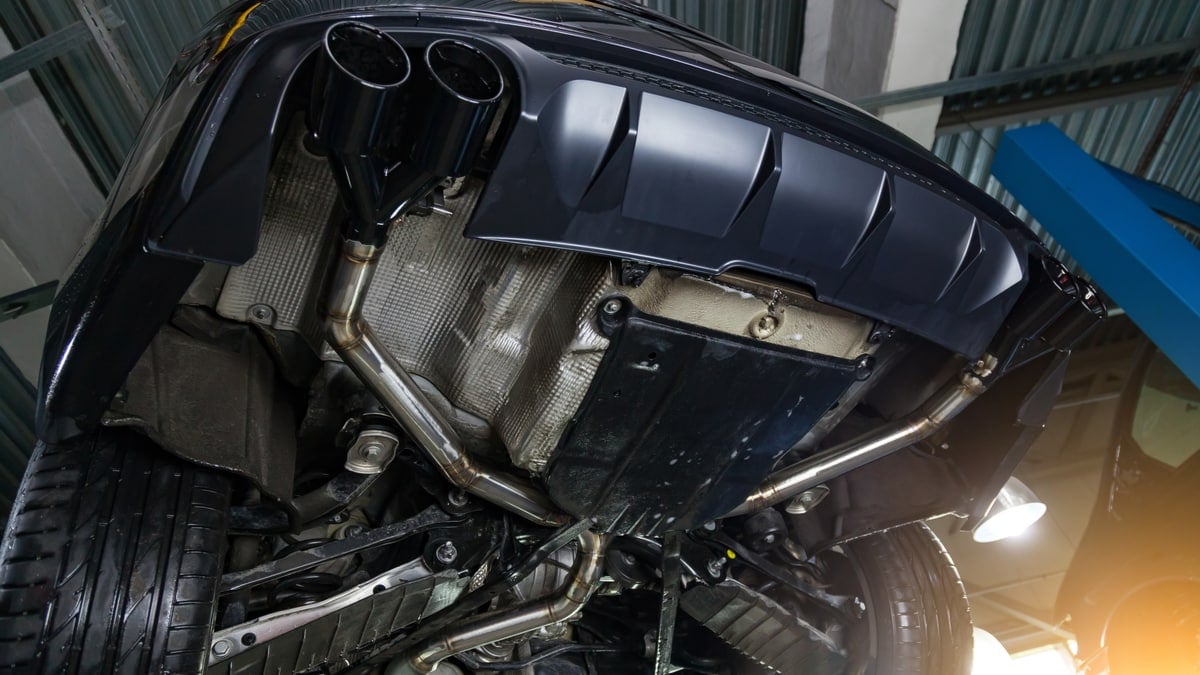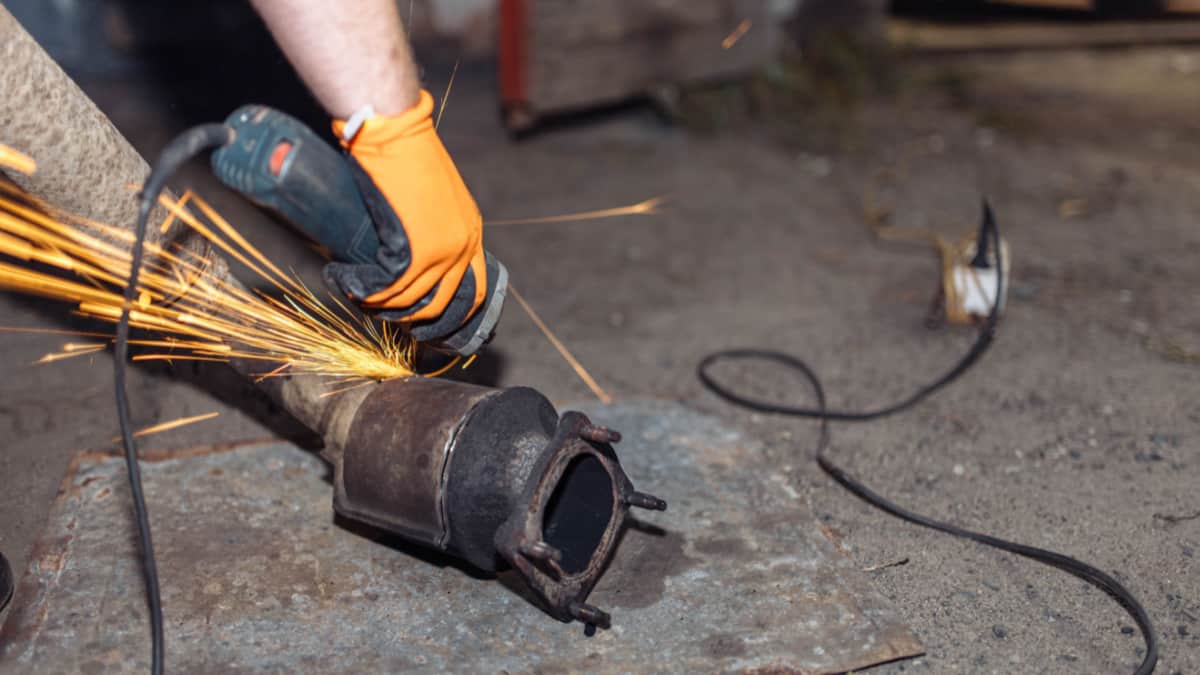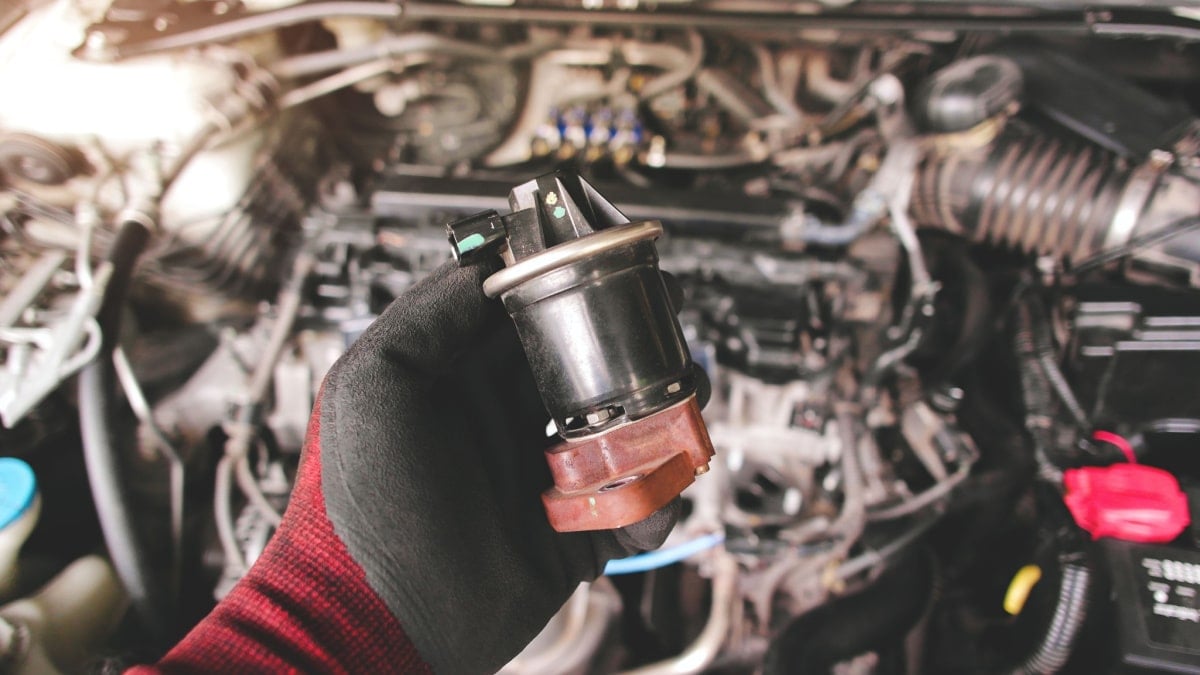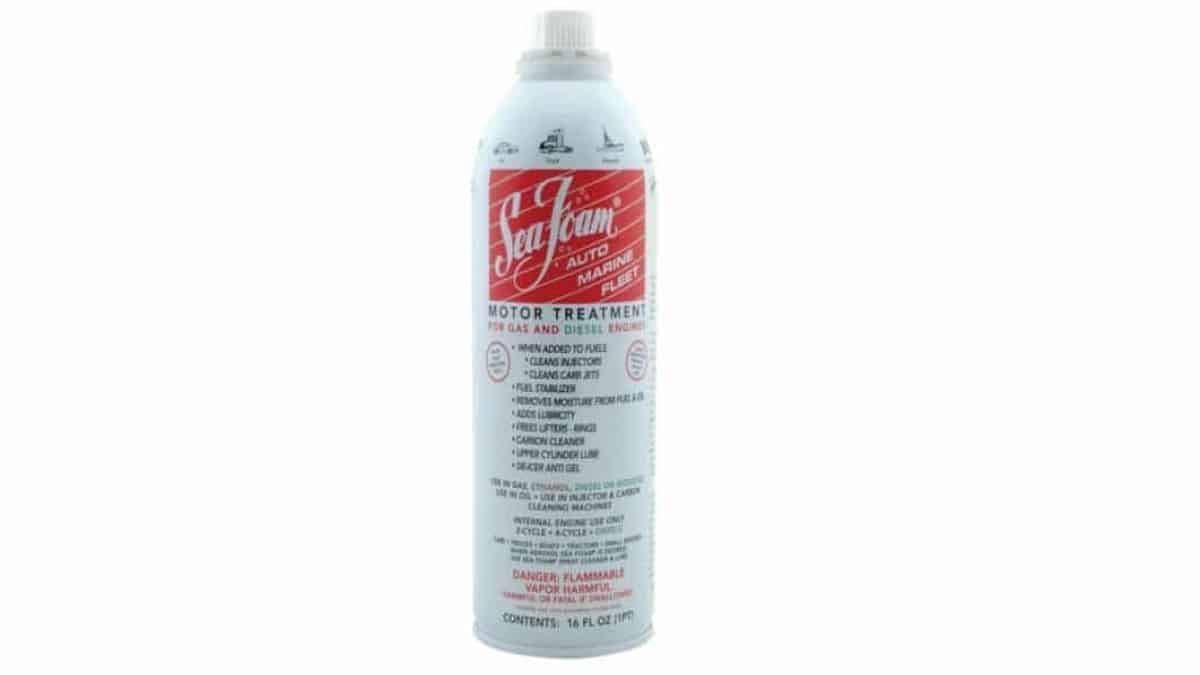It’s no surprise that tires need to be replaced occasionally, especially after many years of use. Yet, it can be alarming to see cracks in the tire sidewall, especially if you barely drive the car. But what do these tire cracks mean, and what should you do about them?
In this guide, we look at the top reasons for sidewall cracking. We also explain why they are dangerous and tell you what to do next. At the end of the article, you’ll finally get the answers to the questions that have been on your mind.
What Causes Tire Sidewall Cracking?
Cracks in the tire sidewall indicate that the rubber is breaking down. It’s also known as sidewall weathering or dry rot. These cracks occur because there’s a reduction in the flexibility of the rubber. Once the flexibility is gone, cracks start to develop and continue to grow.
What causes the rubber to become less flexible? Normally, it’s due to what the rubber is exposed to. For example, chemicals, oils and UV light can all break down the rubber’s natural flexibility. The tire sidewall is constructed of rubber compounds that cover the sides of the tire. While the material is strong, it’s not indestructible.
Here are the most common causes:
- Exposure to ultraviolet rays coming from the sun
- Extremely high temperatures, especially in storage
- Leaving the tires to sit for too long, such as in storage
- Low tire pressure for extended periods
- Placing rubber near ozone-generating sources or heavy equipment, such as electric motors, generators, welding equipment, generators or battery chargers
- Exposure to chemicals that shouldn’t be used on tires
- Driving across snow or salt-covered roads
- Not cleaning dirt and debris off of the tire in a timely manner
Tires that are used under normal circumstances and are cared for rarely suffer from sidewall cracking, unless there’s a defect with the rubber. Normally if a defect has occurred, it will be in the early days of ownership and should be covered by a warranty.
Are Tire Sidewall Cracks Dangerous?
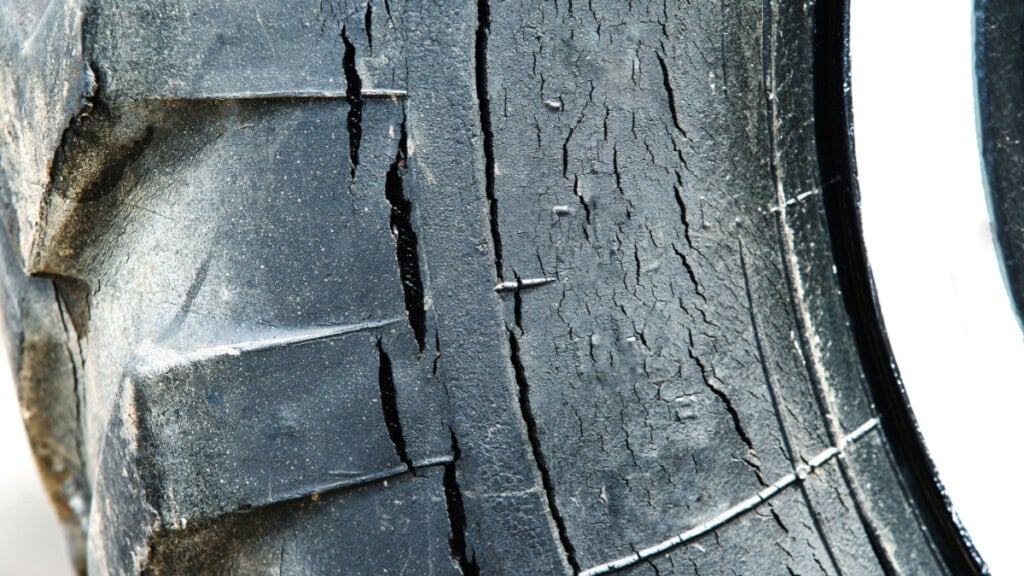
You may think it’s safe to continue driving on a tire with superficial and minor cracks in the sidewall. While many people will take the chance, we can’t advise the practice. Even if the cracks are barely visible, there could be a serious safety concern that needs your attention.
If the cracks continue growing in depth, number or length, the situation could become drastic very quickly. Every crack wears down the strength of the tire, putting you in danger. At any moment, the sidewall could blow out, causing a massive accident.
On the other hand, cracks in the treads may not be as serious, depending on what’s causing them. For this reason, you should have the tires inspected by a professional anytime you aren’t sure what you are looking at. It’s also wise to have the tires repaired or replaced at the first sign of trouble. After all, your life is more valuable than a set of tires.
RELATED: Tire Sidewall Damage: What Is It & When To Replace The Tire?
Can And Should Cracked Tires Be Repaired?
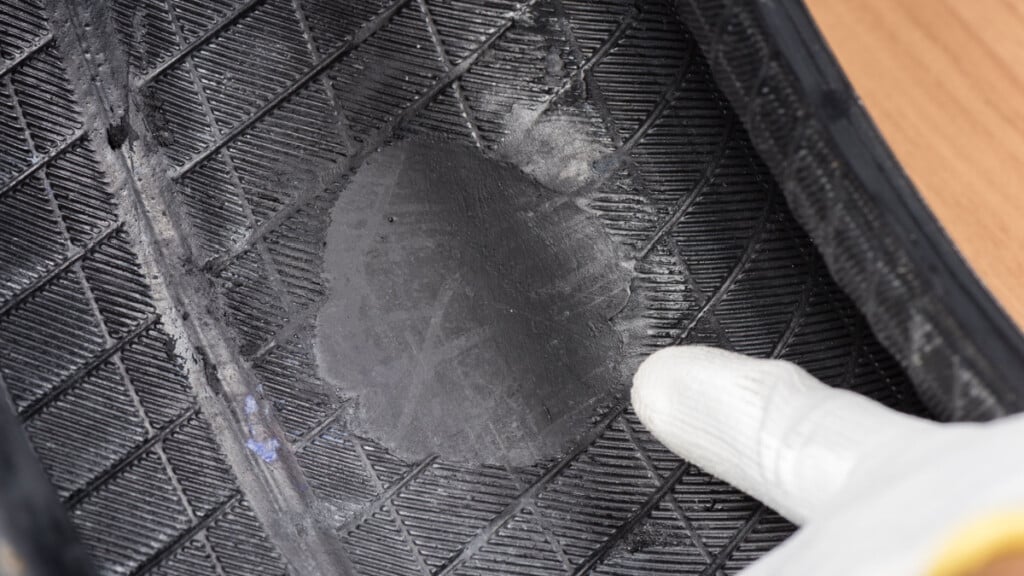
We don’t advise having sidewall cracks repaired and most reputable tire shops won’t attempt it. If you find a shady repair location, they may be willing to patch over the crack somehow, but this isn’t a safe option. Even though it could provide you with a quick fix for a moment, it could lead to disaster down the road.
Patches can’t stop cracks from getting larger. The cracks are still underneath the patch and they will continue to grow. In the process, the tire continues to get weaker over time.
Additionally, if the tire has cracks in the sidewall, what else is going wrong with it? After all, you are seeing the result of aging or mistreated tires. There could be more wrong with the tire that you can’t see, considering the rubber’s condition. These tires won’t be able to withstand the abuses of the road.
It’s our recommendation to replace any tires with cracked sidewalls. This is the only way to ensure you remain safe.
RELATED: Can You Plug a Hole in the Sidewall of a Tire?
How To Prevent Cracks In Tires
You can prevent sidewall cracks from happening. Ideally, you want to shield your tires from the elements as much as you can. Any exposure to winter roads, water, sunlight and chemicals is going to affect how the rubber holds up.
Here are a few of our top suggestions to get you started.
- Park your vehicle in a garage
- Avoid parking in direct sunlight
- Don’t park the car in standing water
- Remove any mud, dirt, debris or snow off of the tires after driving
- Clean the tires regularly with specialized products
- Check tire inflation and keep them pumped up to the recommended PSI
Additionally, avoid letting the car sit for an extended time. When a car sits, the rubber breaks down on the tire. If you must park your vehicle, at least take it for a ride once a week. Not only will this keep the tires in good shape, but it will keep the battery charged and it helps to prevent rodents from building a home in the vehicle.
Even if you take exceptional care of your tires, they aren’t meant to last forever. Some tires may only last five to six years, with the best brands making it up to ten. Rubber starts to degrade naturally over time and there’s nothing you can do to stop it.
What To Do About Cracked Tires?
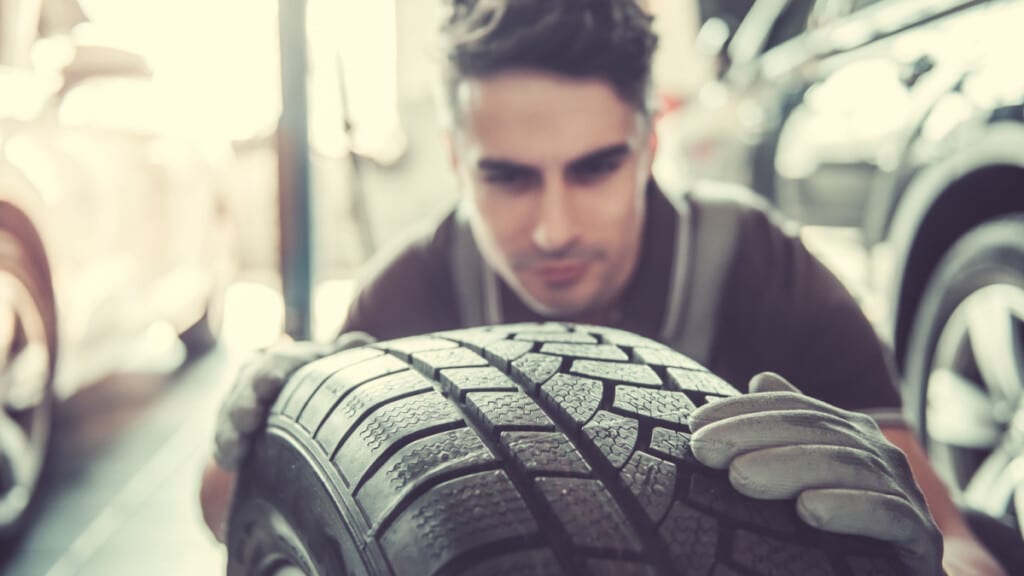
Above all, you should be inspecting your car tires frequently. That’s the only way you will discover cracks in the first place. We recommend inspecting the tires at least once a month or any time that the weather starts to change. At the same time, you can check the tire pressure and fill up the air when needed.
If you notice cracks during this inspection, you should replace the tires immediately. Cracked sidewalls indicate the end of the tire’s life, even if there is plenty of tread remaining. You should never attempt to repair the sidewall. It’s not the same as working on a defect in the tread.
Sidewall repairs can actually lead to more damage, further weakening the rubber and putting you at risk. On top of that, when the sidewall is cracking, there’s no telling when a blowout could occur. It’s never worth taking a chance on.
Is a little cracking on the tires OK?
If the cracking is happening in the sidewall, the tire should immediately be replaced. Dry rot cannot be repaired and it weakens the strength of the tire. If there is a minor defect in the tread, it might be repairable, but you would need to talk to a qualified tire shop for help.
When should a cracked tire be replaced?
If the cracks are in the sidewall, the tire should always be replaced, no matter how small the imperfections are. Cracked sidewalls indicate the rubber is degrading and it could give out at any time. You don’t want to deal with a tire blowout while you are heading down the highway.
Can you drive on dry and cracked tires?
It’s best to replace dry-rotted tires. There’s no way of telling how severe the damage is with aging tires. The cracks could split apart very quickly, leaving you with no warning of a blowout. For that reason, it’s never recommended to fix a cracked sidewall.
Is tire cracking covered under warranty?
If the tire is still covered under warranty and the cracking is due to a manufacturer defect, you may be able to get compensation. On the other hand, if the cracking occurred because of neglect or abuse, the manufacturer isn’t going to pay to replace your tires.
When you first notice cracks in the tire sidewall, you are going to be alarmed. That’s okay because this situation is critical. Dry rot tires are known to cause accidents and they should never be driven on. That’s why, as professional mechanics, we always recommend replacing the aging tires.
If you are in doubt, consult with a reputable tire repair shop. Make sure you go to a location that has good customer reviews. You may even talk to your friends and family to see who they trust. Otherwise, you can replace the tires yourself if you have some mechanical ability and the tools to perform the job.
Categories: Tires

